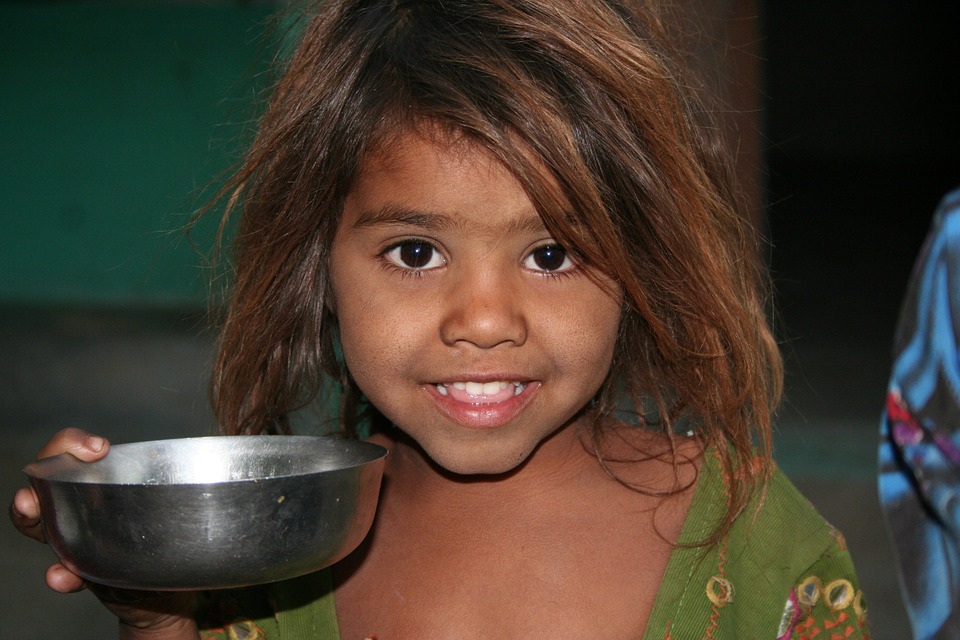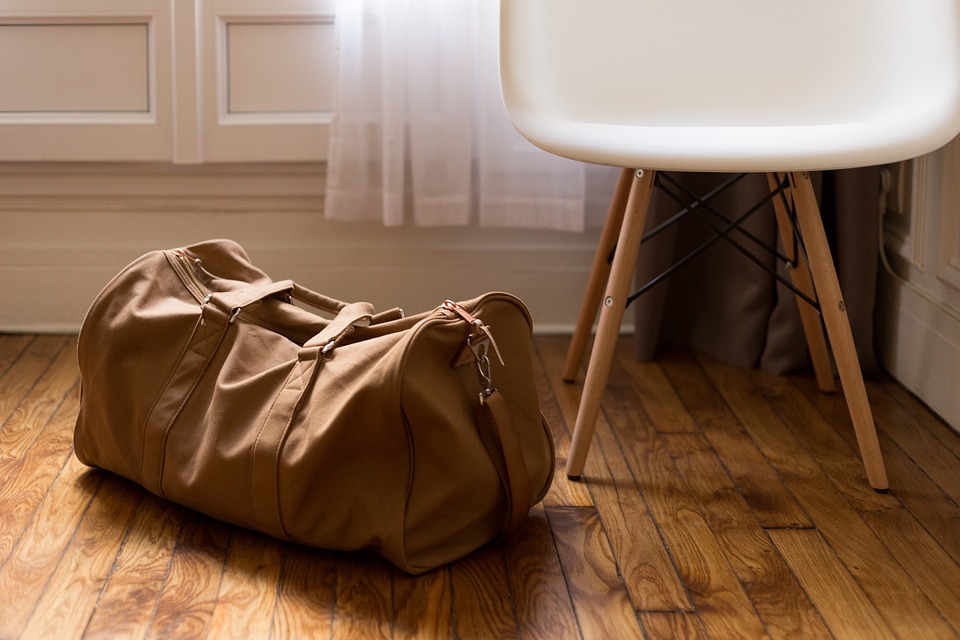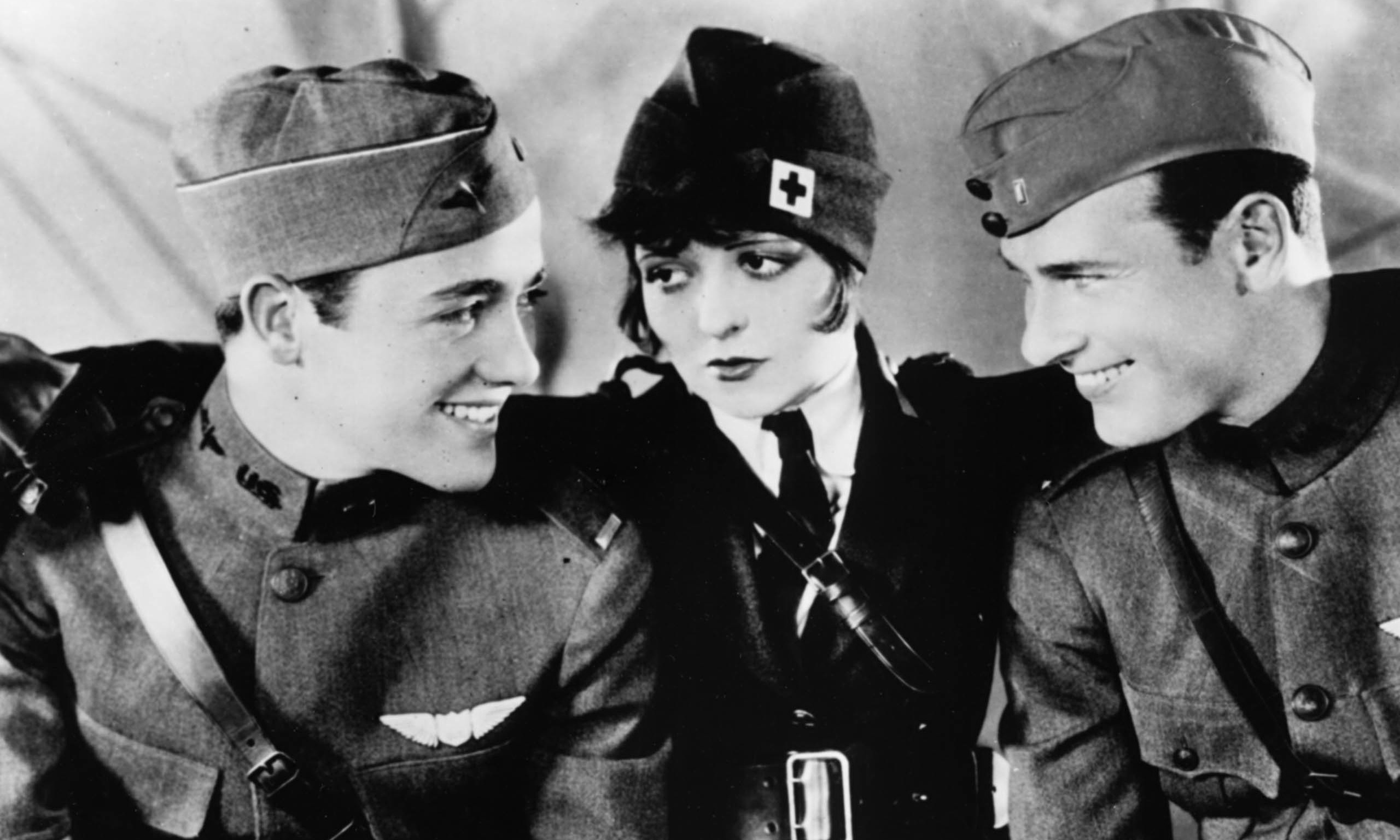While a photograph can be flat, video brings experiences to life.
If you have a video, you can share your adventures and relive them again after coming home. We’ve prepared some useful video production information for shooting great travel videos. Check out the following tips!
- Get personal. A good video requires something more than arranging your travel photos together into a particular order. Think about adding narration. This way, people will understand why you choose the shots and what the travel meant to you. Your script doesn’t have to be wordy; just try to sound natural. If you decide to put yourself on camera, use a natural tone of voice and hand gestures. Stay friendly and don’t forget to laugh and smile.

- Keep it short. In today’s world attention spans are short. You need to make your videos short and sweet. Everything you want to include in the travel story needs to be important for maximum effect. After a minute or so, people will become bored, no matter how amazing your travel footage is. That’s why you have to get straight to the heart of the message and stick to a single subject.
- Think about your viewer. Focus on shooting moments and events that are interesting to watch. Try to make your video interactive. Imagine scrolling through the feed of your favourite social media account. What topics would make you stop and watch?
- Know your camera. You can’t make a good film without a basic understanding of videography. If you don’t know how to focus, how to expose, what “white balance” means, what the differences between aperture, exposure and neutral-density filter are, your footage is going to suffer. The solution starts from looking through the manual, but doesn’t end there. You should work for a long time to control your camera options under any circumstances. You won’t be able to demonstrate your creativity fully until you reach this proficiency level.
- Keep the camera handy. Always. You never know when a perfect moment may appear and taking out the camera from your bag can waste the moment completely. The more accessible your camera, the better.

- Know how to shoot. Excuses for poorly-shot footage are diminishing, given the amount of free advice on the web. Knowing how to pick up the best camera and how to benefit from all its options is only the initial stage. However, you should know how to make various shot types, what composition tricks to use, what is focal length and how to manage it and how to make your audio sound perfec. You should also know what accessories to use capturing quality footage, such as tripods, lenses, filters, camera mounts and so on.
- Know what to shoot. This is the stage requiring the most difficult mixture of experience and practice. Cheap memory cards allow customers to capture interesting-looking situations for days. The trick is to understand if your video will be useful, interesting and engaging. That comes with practice.
- Take long and short shots. The story needs to be told from different angles. Close ups and far away shots of you doing activities that fit the location.
- Capture the light. The hardest thing about filming video is the light. You need to get it just right. Evenly spread and not too dark or too harsh. Early or late in the day is optimal. Walk around, look at the sun, get in the right position, and test how it looks in the camera.
- Get feedback. Find someone who can give you feedback. A fresh pair of eyes might be able to see a better frame, or tell you how to say something a better way.
Preparing to Edit

Even for simple projects, editing starts when you shoot. By anticipating post-production needs, you can supply yourself with the raw materials for a smoothly-finished show. If you feel that you need expert assistance with the video editing and production process, visit MyMovieLab. This is a professional editing company that will gladly complete the editing process. The results will amaze you! So if you are short on time, get help from MyMovieLab.


